The Top 5 Ways to Eat Tomatoes
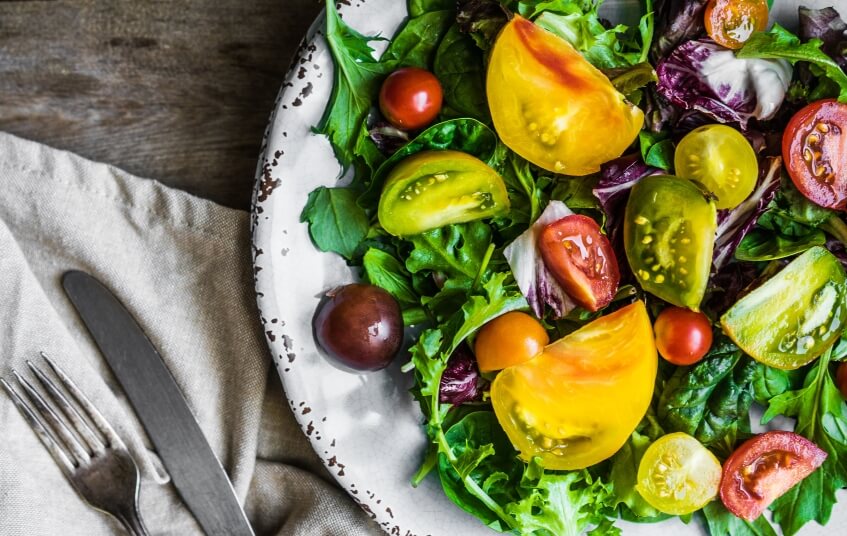
Share
Tomatoes, tomatoes, tomatoes
Tomatoes, tomatoes, tomatoes, perhaps the most popular vegetable around. You can eat them raw, baked, stewed, fried or grilled! It’s on salads, in pasta sauces, in curries, casseroles and a whole lot more. So here’s the low down on why you should be getting your fill of them.
The red tomato is served up to us as: fresh tomatoes (in 3,000 varieties), ketchup, puree, passata, chopped tinned tomatoes, whole tinned tomatoes, sun dried tomatoes, tomato powder, tomato soup and my favourite - tomato juice, especially in a Bloody Mary!
Perhaps the most processed of all fruits and veg, the tomato comes in such a variety of forms and undergoes so many processing methods that the nutrient content varies greatly from fresh tomatoes to tinned ones for example.
Scientifically speaking the tomato is a fruit due to the fact that it has seeds inside, similarly the cucumber, squash and courgette are all fruits as well.
Definitions aside this little red fella deserves to be celebrated for its health giving properties which are present when fresh and actually increased after processing.
What’s in an average red tomato?
In a fresh tomato there is a smattering of vitamins and minerals the highest of which is vitamin C which on a good day might meet 20% of your RDA. However the real gem in a red tomato is a phytochemical called lycopene and this is where it gets good.
Lycopene
Lycopene gives tomatoes their red colour and is the subject of great interest amongst the scientific community for its potential as an antioxidant and anti-cancer plant chemical.
Several studies have shown that higher intakes of lycopene reduces the risk of prostate and lung cancer, and lycopene along with other plant chemicals in the same group reduce the risk of heart disease.
The top 5 ways to eat tomatoes
As red tomatoes come in many processed forms some of which are concentrated, many of the tomato products available contain very high amounts of lycopene.
- Tomato Juice - The highest ingredient for lycopene by realistic portion size is tomato juice elevating the Bloody Mary to providing even more benefit than a simple hangover cure and of course you can always have a Virgin Mary instead.
- Tomato Powder – Just a teaspoon of tomato powder has an equal amount of lycopene to a tablespoon of ketchup or 5.5 fresh tomatoes. Its great added to hot water for an instant tomato soup!
- Sundried tomatoes – Just one piece of sun dried tomato will give you 154% of your RDA (recommended daily amount) for lycopene.
- Tomato ketchup - a mere tablespoon of tomato ketchup has as much lycopene as a whopping 5.5 average sized tomatoes, which as anyone knows go a very long way when sliced and eating more than 5 of them would be a challenge.
- Tinned tomatoes - Perhaps the easiest way to get a good amount of lycopene is a ¼ can of tinned tomatoes added to a pasta sauce. Tinned tomatoes have more lycopene than fresh tomatoes for two reasons:
- Cooking at a low temperature breaks more lycopene out of the cell walls. Tinned tomatoes are often cooked at a low temperature in the can.
- Tinned tomatoes often have added tomato concentrates to thicken up their consistency.
Don’t forget the Fat!
Like many nutrients lycopene is fat soluble so needs to be consumed with some dietary fat, so frying in oil will both elevate the lycopene content and enhance your absorption of it.
If you’re having a salad don’t forget the olive oil dressing.
And perhaps add a splash of extra virgin olive oil to that Bloody Mary.
All knowledge
Some Christians claim that the fruit from the tree of knowledge that Eve gave to Adam was in fact a tomato - more good news for the tomato I say…
Research into the health benefits of lycopene are ongoing and the general recommendation is to get good amounts of lycopene along with other phytochemicals into your diet as the complex interactions and health benefits are slowly revealed.
How do you know how many phytochemicals you are getting?
If you want to check your food and make sure that all of the foods you eat will contribute to your phytochemical intake over a day/week to reach your RDA you need to keep a food diary.
Simply click below to start
Start my food diary now
It’s really easy when you see your daily report to see which nutrients including phytochemicals you are a bit short on and then click on those nutrients to see what foods you need to eat more of the next day.
It’s really easy when you see your daily report to see which nutrients including phytochemicals you are a bit short on and then click on those nutrients to see what foods you need to eat more of the next day.
Love this? Get blogs and more in your inbox
Subscribe to receive our blogs plus each weeks featured ingredient, recipe and nutrient in your inbox
Thank you for registering

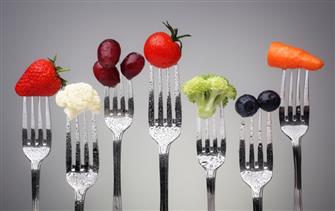 About nutrients
About nutrients
 All nutrients
All nutrients
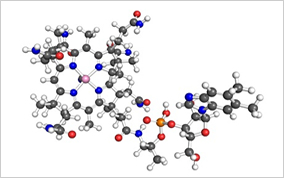 vitamins
vitamins
 minerals
minerals
 phytochemicals
phytochemicals
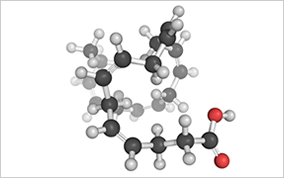 fatty acids
fatty acids
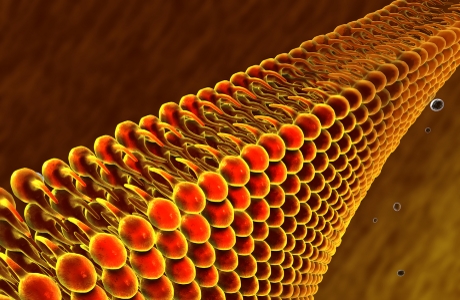 macronutrients
macronutrients
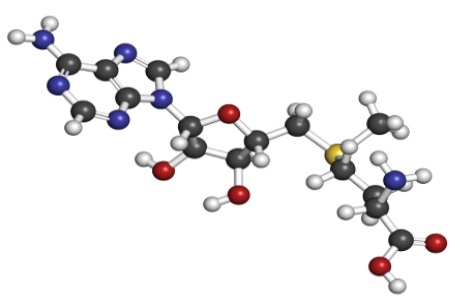 amino acids
amino acids




